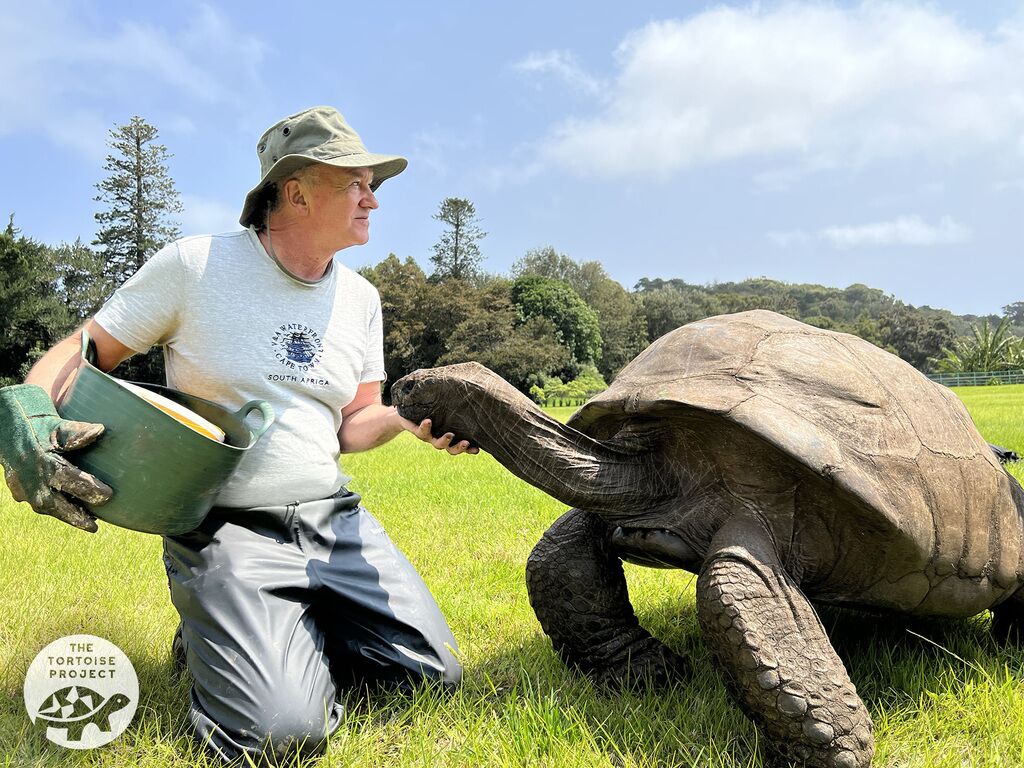One of the things driving the book I’m writing about tortoises is my passion for original reporting. You can only get so far just talking to scientists or researchers. For the interesting stories, you’ve got to get up close. I want to meet the people, watch the animals, smell the air. And that’s taking me to some far-out places.

To understand the story of the world’s oldest tortoise, I traveled to the island of Saint Helena, a speck in the South Atlantic Ocean between Africa and Brazil.
Tortoises have dispersed into some pretty unlikely places over millions of years. I’m thinking of the Galapagos archipelago, or the Seychelles islands. Think about this: To accomplish this, a non-swimming tortoise has to cross a great body of water. And they have done it multiple times around the world.
Things are a little different for the world’s most well-known living tortoise, Jonathan. True, he’s one of the world’s most remote — living on a volcanic island a thousand miles off the coast of Africa. However, unlike the Galapagos or other islands, he did not arrive through natural means. He was brought from Seychelles by ship in 1882 and presented to the governor of Saint Helena as a gift.
Since then, Jonathan has seen seven generations of Saints come and go, and outlasted 34 governors. His 35th governor, Sir Nigel Phillips, came in on the same plane that brought me to Saint Helena.
What makes Jonathan so famous? His extraordinarily long life — he is purported to be 190 years old.

Earlier this year (2022) Jonathan made it into the Guinness Book of World Records for the second time. He takes the prize for oldest living tortoise, plus being the “oldest living land vertebrate” — a highly specific category out of necessity for reasons of inclusivity. This grants the 400-year-old sharks finning around Greenland a potential niche category of their own.
In my two weeks on St. Helena I visited Jonathan several times, watching him nap under a great tree at the edge of his pasture, being hand-fed, and sunning himself on a clear afternoon. This was September, and the misty rains of winter still held back the sun for much of the day. I got a chance to speak with his caretakers Joe Hollins and Teeny Lucy, responsible for Jonathan’s weekly feedings as well as keeping an eye on his overall health. Joe has been the island vet for over a decade and poured out his wealth of knowledge every time we got together. Joe helped paint a more complete picture of the island’s past and present for me.

Many questions are raised by Jonathan’s longevity. Why do tortoises live so long? Can cancer researchers learn anything by studying them? Is there a consistent way to test a tortoise for how old he/she really is? These are some things I’ll be digging in to.

